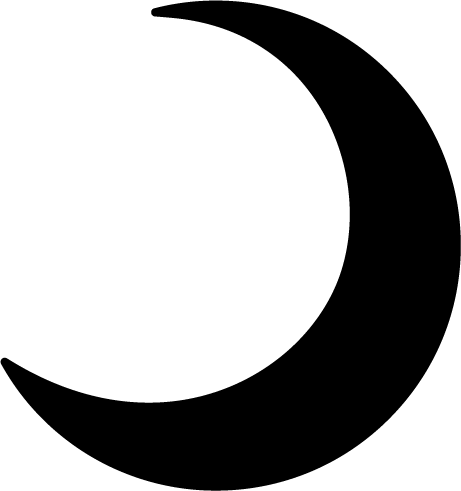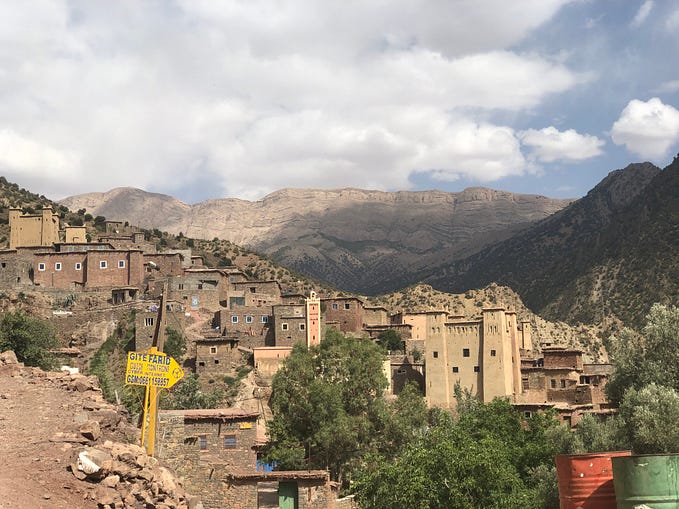Member-only story
Getting Started With Vapor 4 — Model Relationships
Expanding a to-do app and learning more advanced features of this server-first tool written in Swift

Introduction
In a previous article, we introduced Vapor and started creating a TODO app.
For now, the app doesn’t do much. It just lets you create a list but you can’t yet add any reminders to it. We’ll fix that in a bit.
By the end of this article, we’ll have a working web app to store our list of to-dos. Along the way, we’ll keep learning about Vapor and how it works. You can find the full implementation in my repo:
https://github.com/fermoya/vapor-tutorial
Advanced Routing
As of now, we’re defining all the endpoints directly in routes.swift as show below:
app.get("todo-lists") { ... }
app.post("todo-lists") { ... }
...This can get very messy as soon as we introduce new models. Imagine a real web app, how many different entities are kept in a database: users, collections, settings, collections, etc. We need a better strategy.
Also, think about any REST APIs you know. You’ll most likely have noticed that part of the path references an API version. For instance, https://<organization>.atlassian.net/api/3/<path> or https://api.appstoreconnect.apple.com/v1/<path> . How would this look in our app?
app.get("v1", "todo-lists") { ... }
app.post("v1", "todo-lists") { ... }
...This doesn’t look very maintainable. Fortunately, Vapor allows you to “group” routes and also “register” controllers.
Let’s put this into action. Open routes.swift , delete the contents of routes(_:), and paste this code instead:
let v1Routes = app.grouped("v1")let todoListsRoutes = v1Routes.grouped("todo-lists")
try todoListsRoutes.register(collection: TodoListController())










